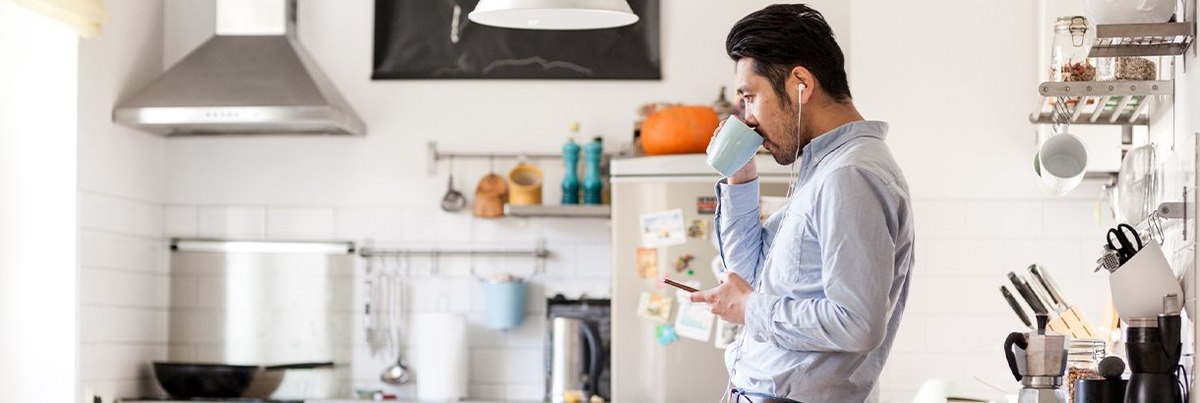In our recent panel discussion with agency and media industry leaders YouGov explored how agencies, brands and media companies can navigate the changing media landscape in 2021.
Hosted by Tamara Alesi, Sector Head of Agencies & Media, Americas at YouGov, the webinar drew on key insights from YouGov’s new International Media Consumption Report 2021 to discuss the major impacts of COVID-19 on consumer behaviors in the United States. She was joined by three industry experts in the media and advertising space – Adam Gerber, Chief Media Officer at Essence, Alan Schanzer, SVP of Agency and Advertiser Development at Pandora, and Nicole Parlapiano, Vice President of Marketing North America at Tinder.
Our panel of experts shared their account of challenges and wins as marketers vying for the attention of consumers amid the coronavirus crisis. They also reviewed the major changes in media consumption last year and gave their predictions on whether these altered behaviors were here to stay.
Positive disruptions in how people engage with media and one another
The health crisis last year brought unexpected changes to businesses of all kinds. Some brands and agency partners proved their resilience by answering the call for positive disruption. If change was necessary, why not do it in a way that’s better for your audiences?
Tinder accelerated the launch of its in-app video chat feature to meet the moment when in-person dating became difficult for many users. Nicole Parlapiano commented video calling will not replace one-on-one dates, but she expects people will continue to use it as another way to get to know someone before meeting them.
She also noted that people were using Tinder in more intimate ways last year. “What we’ve seen is the primary use for Tinder no longer be just for courtship”, she said. “It became one of the few places you could meet people outside of your social circles during this time and we saw people on the app getting more creative with their messaging, their COVID-safe dates and just their overall daily routines. The pandemic really changed the time that you have to connect and do stuff with other people outside of the confines of the 9 to 5.”
Alongside the growth of video calling last year, time spent with streamed audio also increased as people spent more time in their homes. This change in listening behavior brought the challenge of understanding when people were listening to music more often and what was the best way to engage and maximize reach during these occasions.
As Alan Schanzer from Pandora put it, “advertisers needed contextual relevancy to effectively reach listening audiences last year.” He observed that people are listening to music consistently throughout the day and said, “this flatline of uninterrupted listening – rather peaks of pre- and post-work listening – has grown our understanding of where people are, when they’re using audio and what is the right and most relevant way to speak to them.”
And at an inflection point for the media and agency world, Adam Gerber of Essence said people in the industry have been collaborating better. “In a really weird kind of way, while we’ve been remote and distant from each other...we’ve been reimagining things in better and more kind of concrete ways about how our business can change and that’s due to the necessity of it,” Gerber said. “What we had to accomplish over the last year has been a good forcing function for us to address a number of issues in the industry that haven’t been taken care of – whether it’s the adoption of automation to being more flexible with work hours to the working relationships we have with colleagues and clients.”
What other trends and insights did our experts discuss during the webinar?
During the session, our experts touched on a range of topics critical to understanding the rapid shifts in media consumption and ad spending. Watch the on-demand webinar for key insights into how the industry is changing, including:
- How advertisers can use data and “contextual relevance and creativity” to adapt their messaging for specific audiences. This is an important focus at Pandora and Alan Schanzer said, “using data to target specific cohorts and knowing if they’re listening on their phone or connected to an Alexa or Google Home device or whether they’re co-listening with friends or kids will be important to leveraging these personal experiences.”
- What our experts view the potential for trends is in the industry such as voice integration in video navigation/discovery, virtual parties alongside in-person events such as festivals, and AR/VR technologies.
- What it means to be a "premium” service or brand will be different to each cohort of consumers. As Adam Gerber phrased it, “what’s premium to me may not be premium to you so brands really must understand that it’s not about the level of talent or the production value or even the amount of money you spend. The more quickly we help our clients understand what matters to the consumer, not on what your own guard rails or perspectives are, the easier it is for them to become a culturally relevant and authentic brand.”













